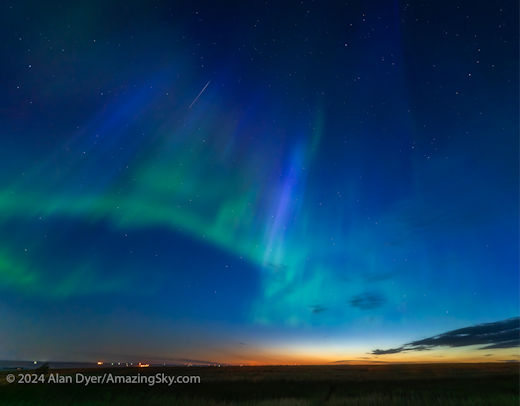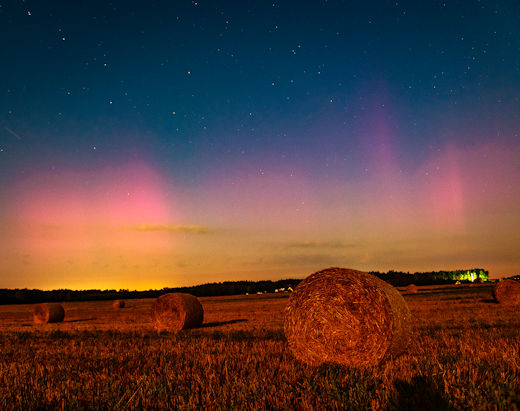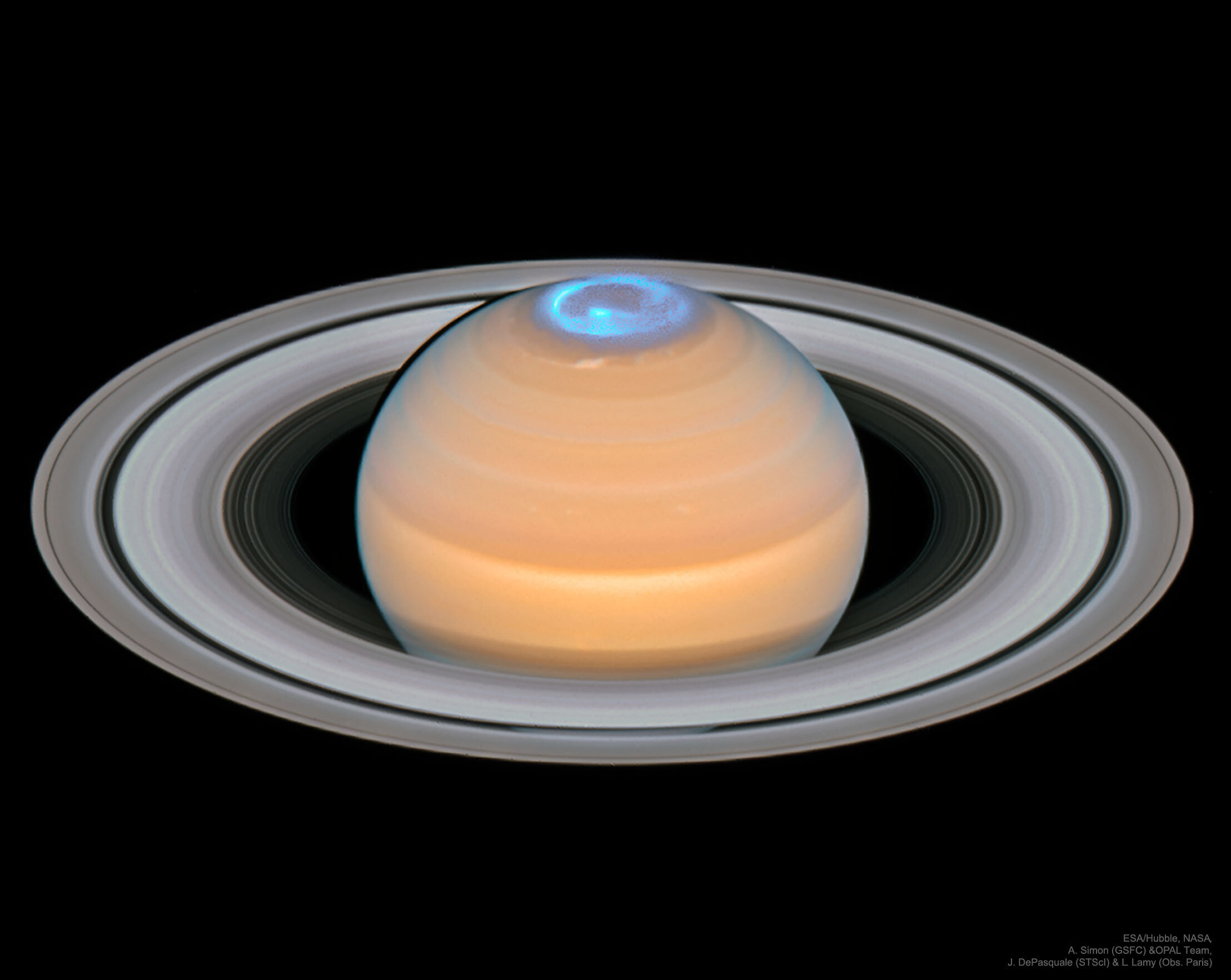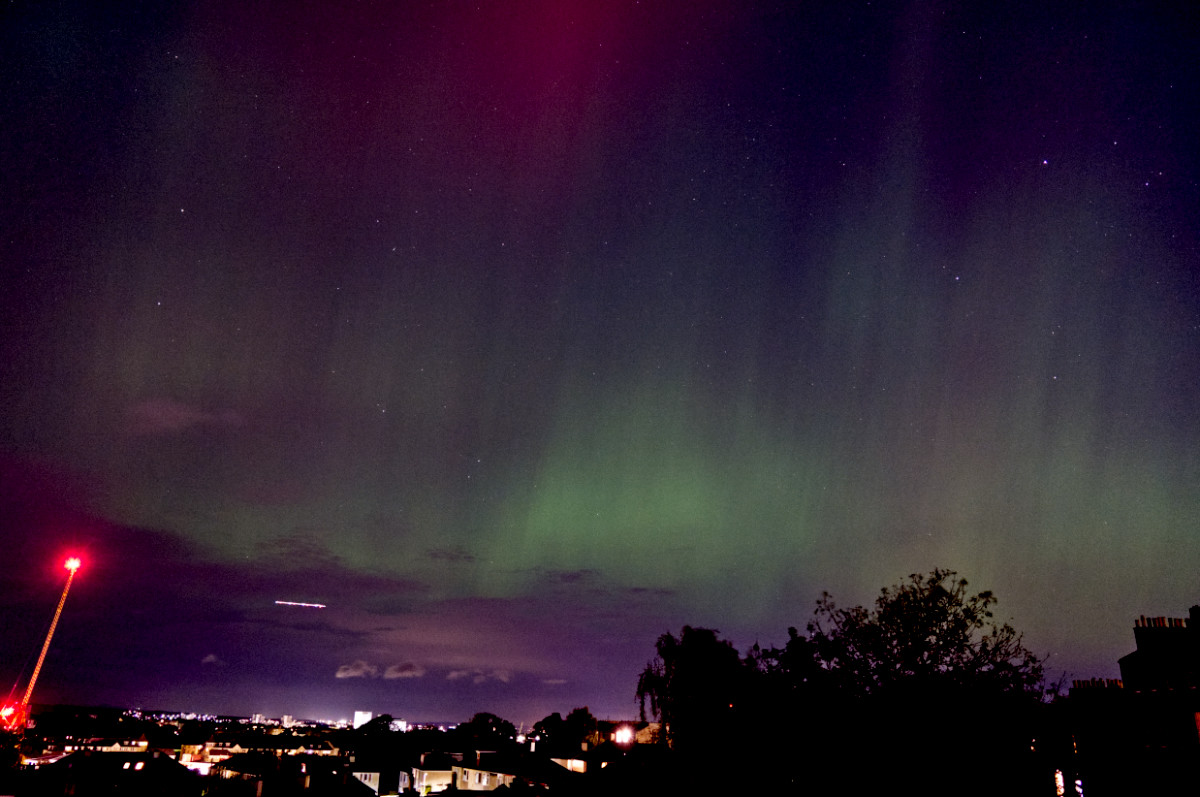#aurora
https://www.youtube.com/watch?v=C8yqRDIafUE
#music
#AURORA - #InvisibleWounds ( #Live / NRK: TV aksjonen)
https://vmst.io/@WestportObservatory/113375307995062785 WestportObservatory@vmst.io - AN X-CLASS DOUBLE SOLAR FLARE: Solar activity remains high with an X-class double solar flare on Oct. 26th. The explosion hurled an impressive CME into space, and it appears to have an Earth-directed component. Several big sunspots are turning toward Earth, so this could be the beginning of a week of stormy space weather. Also, a CME grazed Earth today, 10/26. The impact was weak, barely increasing solar wind speeds near Earth. High-latitude auroras are possible tonight. Spaceweather.com
Image: An M9.5-X1.8 class double flare on Oct. 26th.

Colourful #Aurora over #New Zealand
#Astronomy #Picture of the Day

#Aurora #Borealis over Langar, Nottinghamshire, U.K.
Taken by Nigel Wood on October 10, 2024 @ Langar, #Nottinghamshire, #UK.

Aurora, all the way on the South coast of Ireland. Last night
not my photo. I looked several times, even drove up the mountain, but no luck.
#aurora
https://mastodon.scot/@patrickhadfield/113285340402876635 patrickhadfield@mastodon.scot - Another batch of photos of tomight's aurora. Pictures taken from central Edinburgh, c10.30pm.

RARE #BLUE #AURORAS CAUSED BY RESONANT SCATTERING: The severe geomagnetic storm of Sept. 16-17 produced something that even longtime #aurora watchers rarely see: Blue Auroras. "I photographed them at dawn on Sept. 17th," says Alan Dyer, who sends this picture from Gleichen, #Alberta:
Auroras are usually green and red. Blue is very unusual. It takes a strong geomagnetic storm to produce them -- plus one extra ingredient. "High altitude sunlight was hitting the blue rays," explains Dyer.
The process is called "resonant scattering." At the top of the aurora zone, ionized nitrogen molecules (N2+) naturally produce blue light. The blue glow is usually too faint to see. However, when these ions get hit by morning sunlight, they capture and re-emit photons from the sun, amplifying the blue color

DIVINE SKIES. I’m excited to see the increase of aurora activity as we are getting closer to the peak of the 11 year solar cycle. We are having amazing aurora shows. Don’t forget to report at, Canada, pic by @YEGHugo http://aurorasaurus.org #aurora #northernlights #canada #alberta #edmonton #albertaskies

AFTERGLOW OF A CME: A CME hit Earth's magnetic field on Aug. 17th, sparking a brief but strong (G3) geomagnetic storm. The timing was bad for sky watchers in Europe and North America, where daylight washed out a widespread aurora display. The fading afterglow, however, was visible after nightfall from Poland:
"This is the third night with #aurora this week!" says photographer Marek Nikodem. "This is at latitude +53N."
Frequent mid-latitude auroras are a sign that Solar Maximum has arrived. A severe (G4) storm on August 11-12 sent auroras rippling across North America as far south as Mississippi and Texas. Because Solar Max typically lasts for 2 to 3 years, many more displays can be expected between now and 2026.










